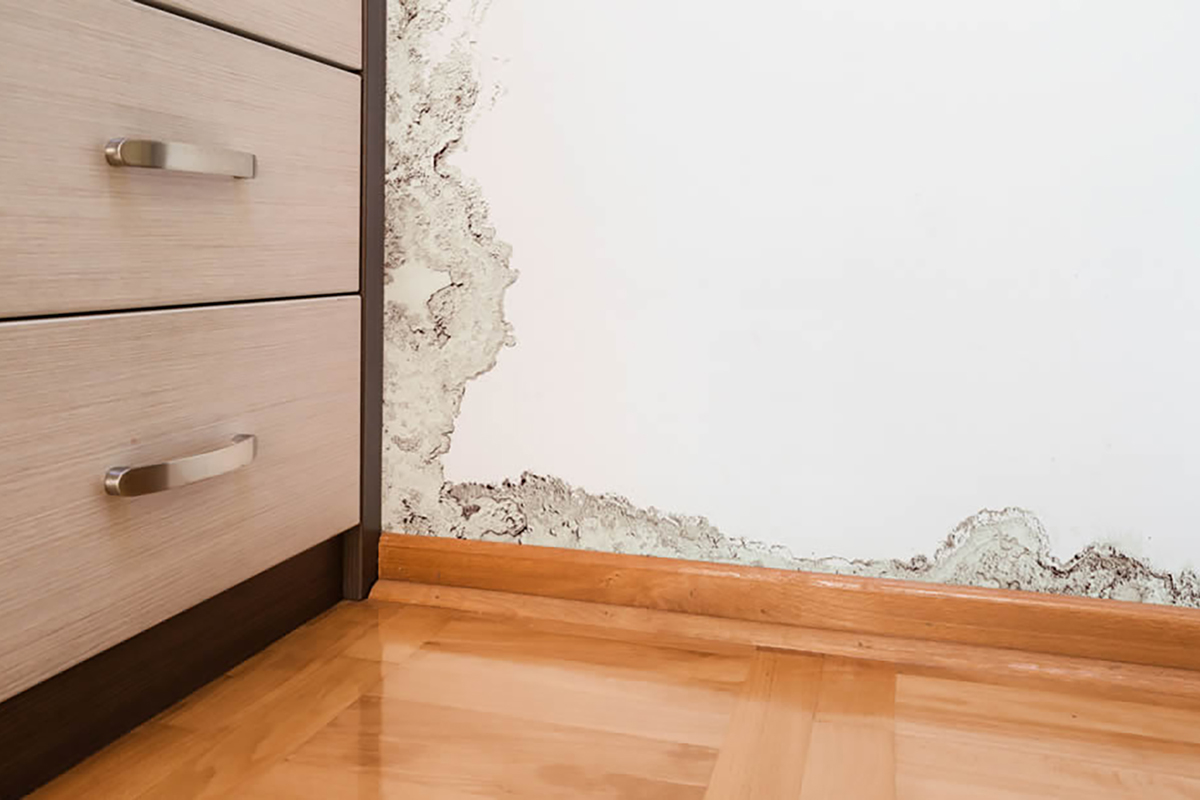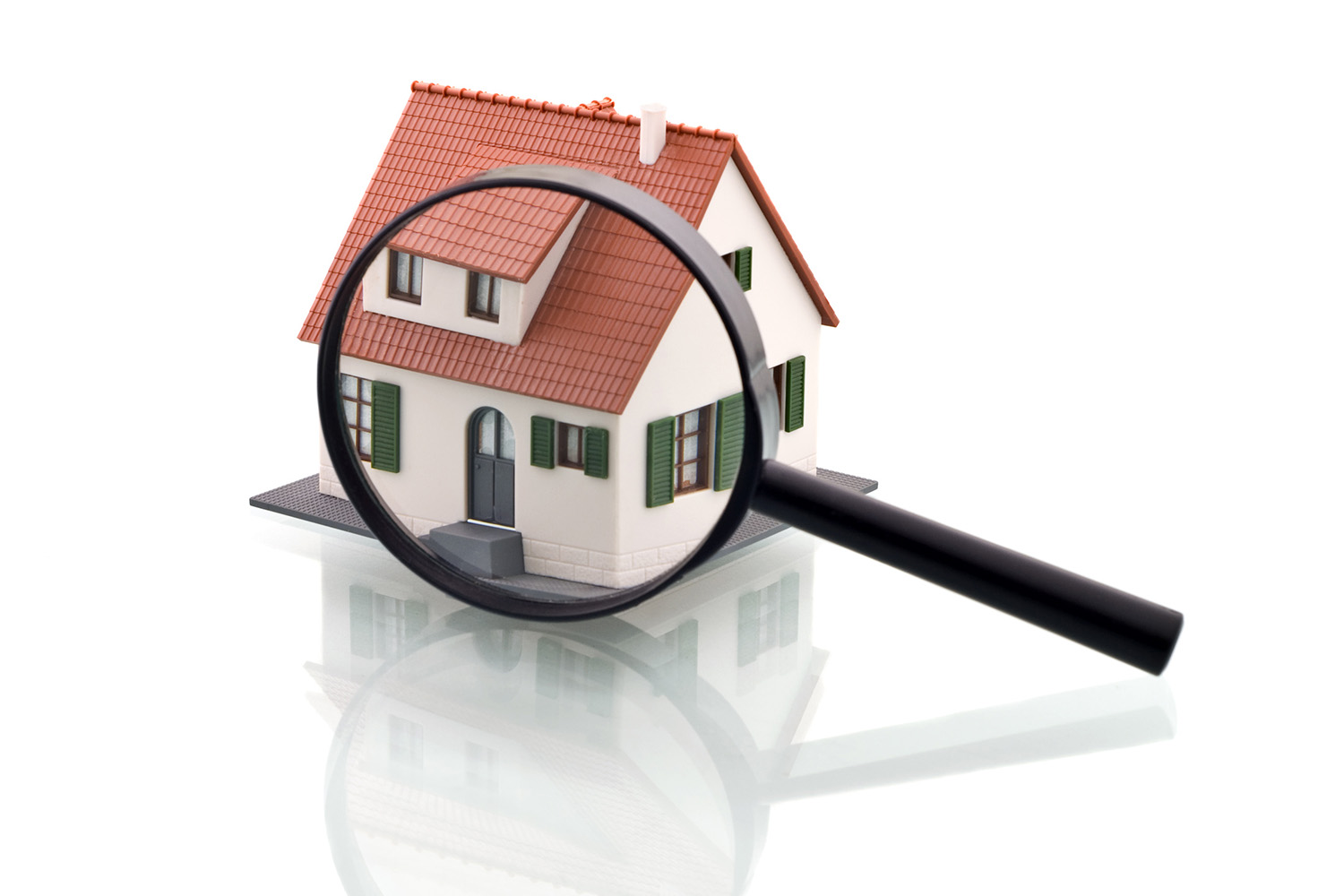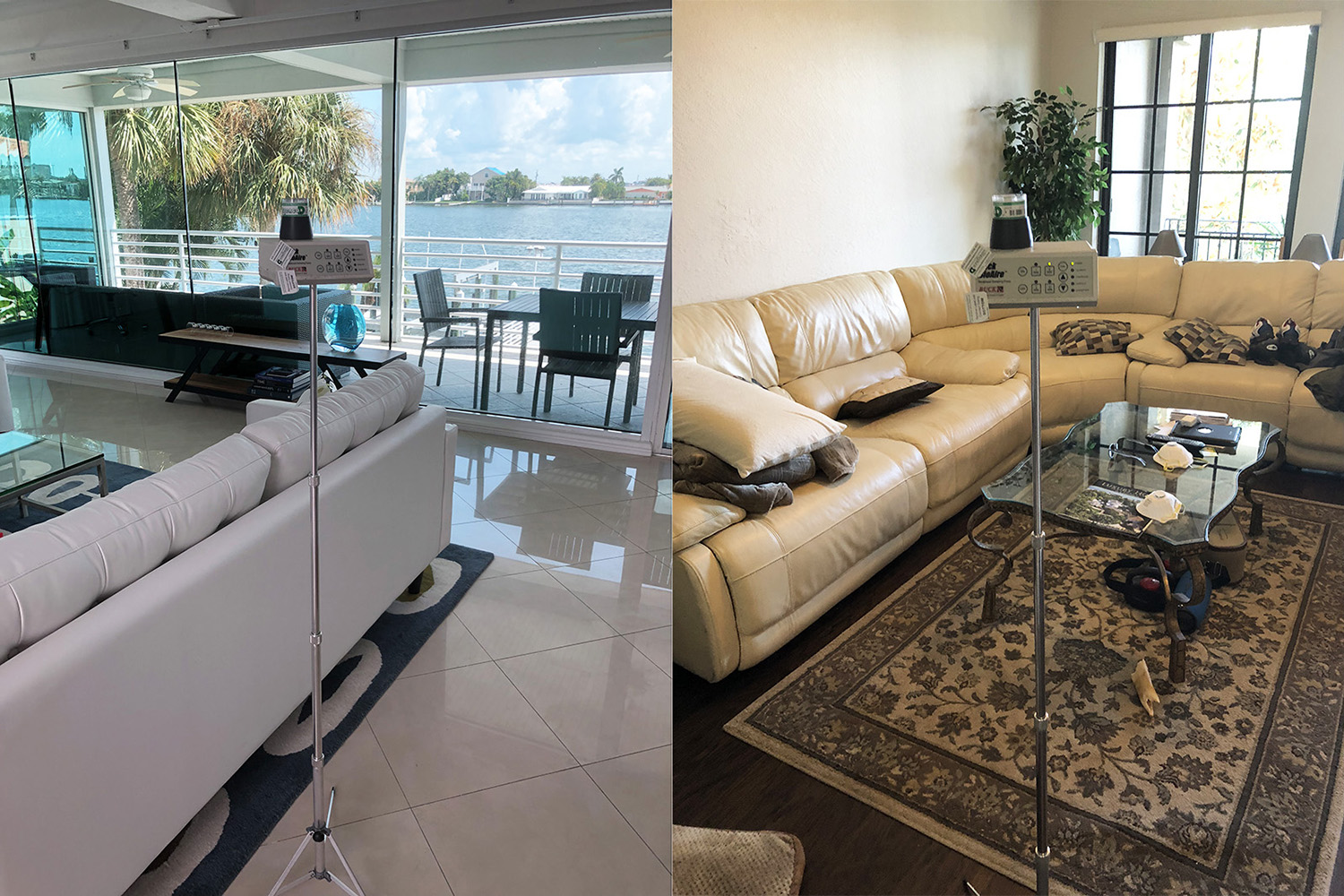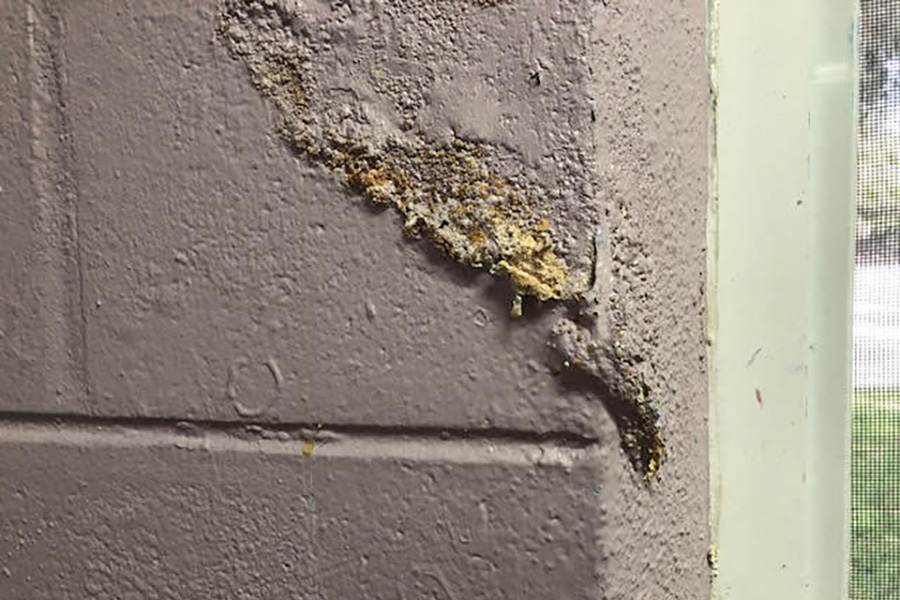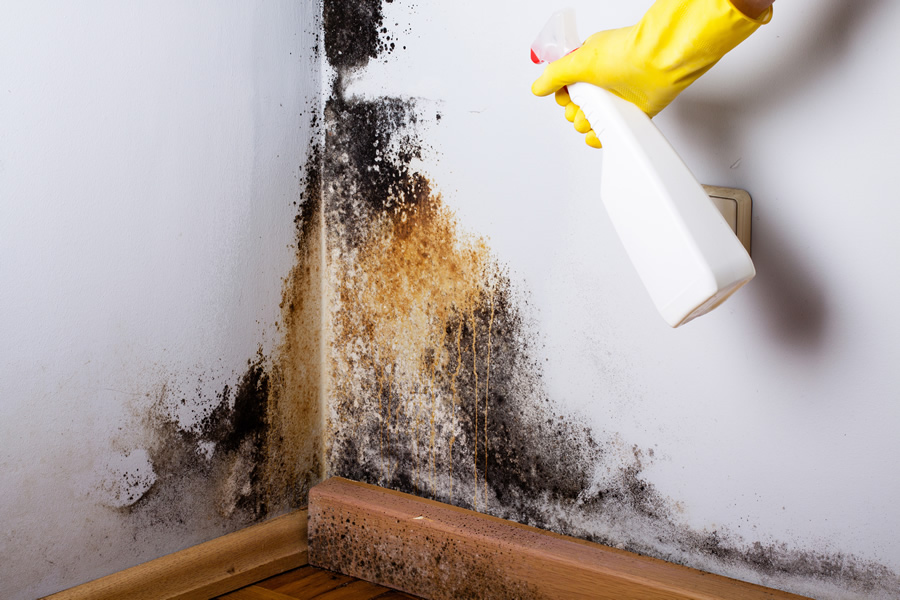Mold Testing: Does Your Property Need it?
A mold is a type of fungus that grows in filaments and reproduces by forming mold spores that cannot be seen by the naked human eye. Mold can grow and thrive in any season, indoors or outdoors, in damp, warm and humid environments, and it spreads like wildfire. While mold itself flourishes in warm, moist environments, mold spores can actually survive in harsh, dry environments. These spores float around in indoor and outdoor air. When the spores land on a moist surface, the mold can then start to grow.
Moisture combined with warmth in any environment is the major predecessor to mold. Bathrooms and showers, are not the only prime locations for mold. Your interior space, especially if there is any water leakage, is another common area for mold to flourish.
Another place to watch out for mold is in your HVAC or air conditioning system, which is constantly recycling air. If there is moisture in the air, this can lead to moisture inside the system, which can then lead to mold growth. In addition to the mold actually growing within the inside of the system itself, now you have a system that’s spewing out mold spores into your living space. This is why it’s so important to have your system checked and cleaned regularly, or even replaced if the system already contains mold.
Nearly all indoor air has a small quantity of mold spores. However, if you suspect elevated airborne molds in your home or workplace are causing health symptoms, it is best to have a Certified Mold Assessor perform testing, which should include moisture and infrared testing to help determine the source of the growth, and air quality testing to determine what you are breathing in the way of spore species and quantity. If there is mold in your home that does not require professional remediation or mold testing, here are some measures to take:
1. Identify the Moisture Source
The absolute key to dealing with mold anywhere is to identify what’s creating the warm, damp environment in which the mold can flourish. If you clean up the mold but don’t address the source of the moisture, then the mold growth is highly likely to return. No natural or conventional treatment will prevent or remove mold permanently unless you remove mold’s main necessary ingredient, which is moisture.
2. Fix the Source
You need to completely fix any water leaks, enable better ventilation where humidity is high and/ or address any HVAC system problems. You can also purchase a dehumidifier for any areas that tend to be too humid. Exhaust fans are in kitchens and bathrooms for good reason. Make sure you use them to get moisture out of these prime mold areas.
3. Throw Away any Mold-Ridden Items
Discard or have professionally cleaned any items that are porous or if you are unable to completely remove the mold from them. It’s also a very smart idea to get rid of any carpets that have been flooded because they’re very prone to mold. Never paint or caulk over moldy surfaces.
Mold Testing Services
If you suspect mold in your indoor environment or require the help of mold testing services, please contact Expert Mold Test at 727-321-9296 or dan@expertmoldtest.com www.expertmoldtest.com

